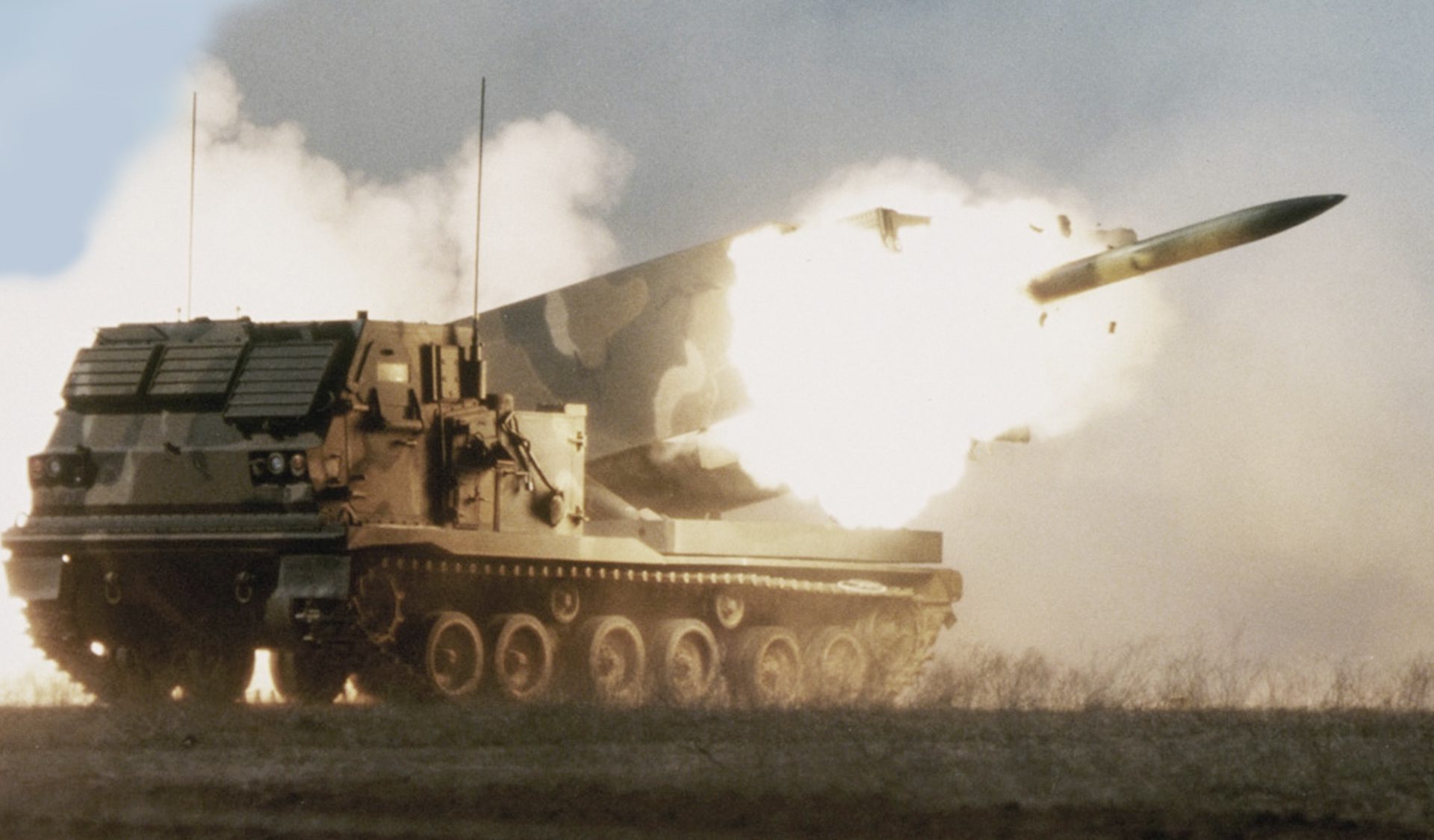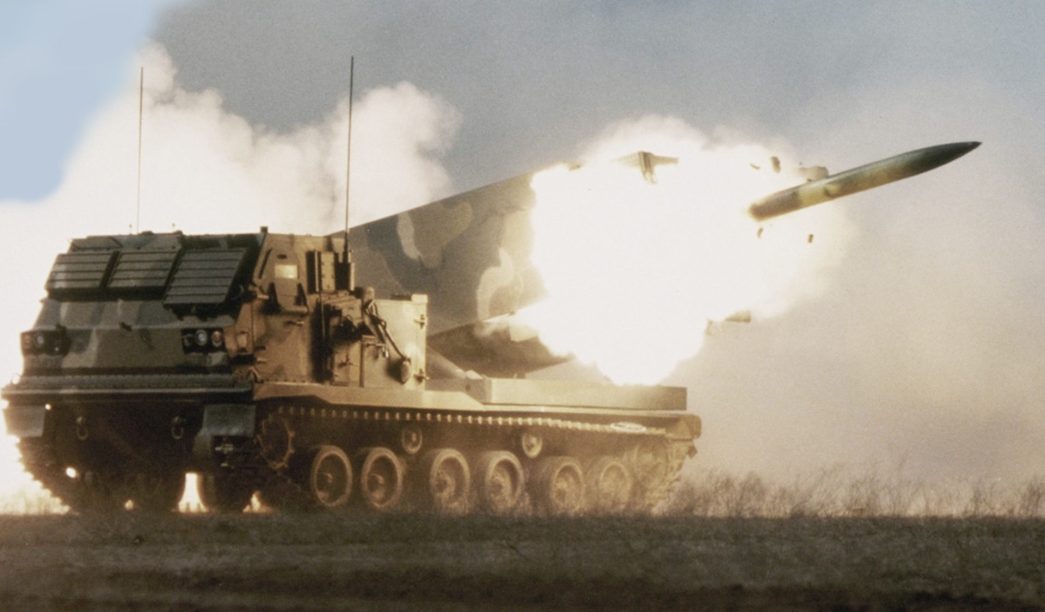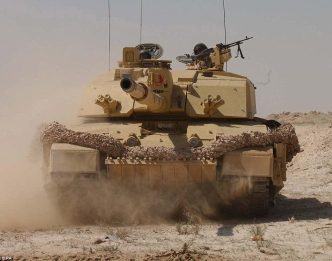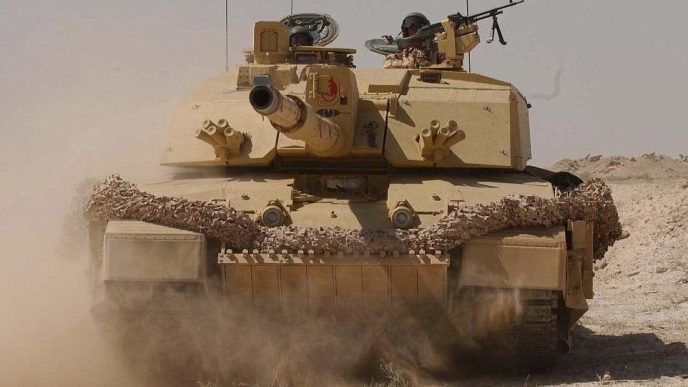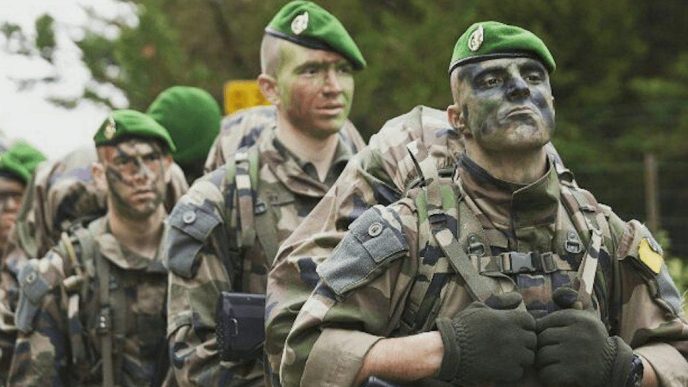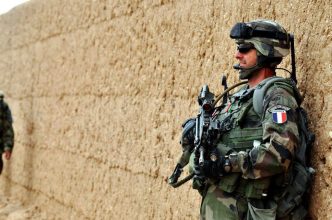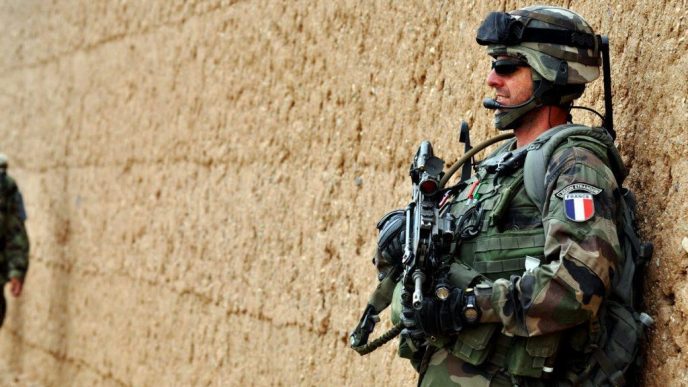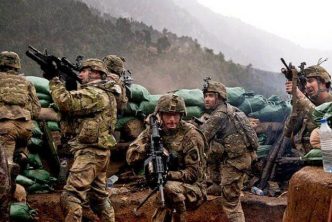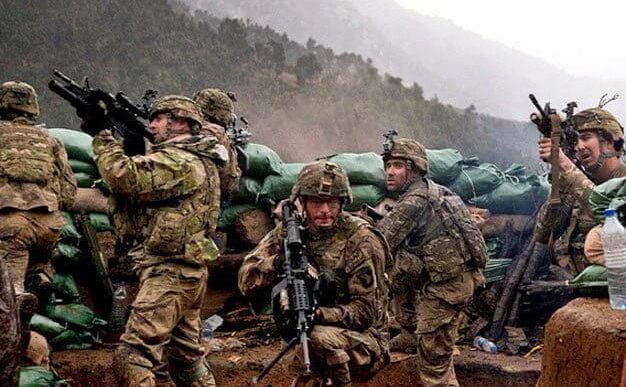Gun and rocket artillery complement each other and cannot be replaced by each other. One of the main advantages of rocket artillery is its ability to bring a large amount of firepower quickly. For instance, the British LCT-R could launch all of its rocket artillery in less than five minutes, delivering 1,000 three-inch rockets in that time frame. According to British estimates, this amount of firepower is equivalent to that of 80 cruisers. Similarly, the American LSM(R) could provide rocket firepower equivalent to the combined power of two Iowa-class battleships.

The most effective artillery bombardment occurs during the initial salvo when the target is unprepared and not in cover. Therefore, it is best to use these rocket-based systems to saturate a large area, causing as much confusion and destruction as possible. The main appeal of rocket artillery is its unmatched ability to deliver heavy firepower on the first strike.
The launching system for rocket artillery is simple and inexpensive, requiring only a metal tube or rail. This system is also easier and cheaper to manufacture in small workshops than a heavy gun barrel, which requires specialized equipment.

Additionally, rocket artillery platforms can deliver all of their ordnance quickly and are effective at “shoot and scoot” tactics, allowing them to provide heavy firepower and reposition to minimize the risk of being hit by enemy counter artillery.
On the other hand, gun-based artillery platforms are the opposite of rocket-based platforms in several ways. After a mass rocket strike, it takes a long time to reload, giving the opponent time to regroup and reorganize, especially after the initial strike or between salvos. In contrast, gun-based artillery can deliver sustained bombardments for extended periods, even weeks, pressuring or pinning opponents with constant bombardment and slowly hindering the opposition.
Therefore, both systems are necessary and cannot fully replace each other.
